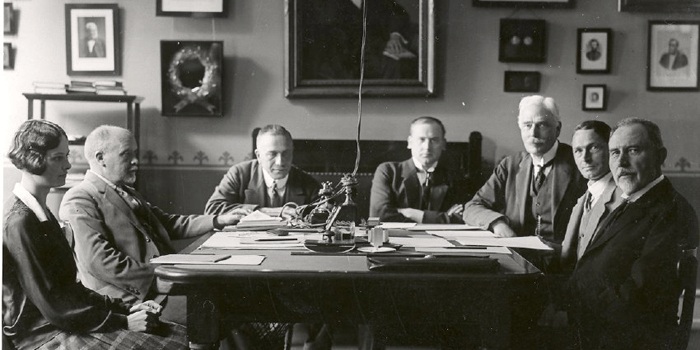A brief history of DTU

DTU has always had a strong theoretical grounding. H.C. Ørsted, the man who discovered electromagnetism, founded the College in the image of École Polytechnique in France. The objective was to educate young men to work in industry, but in the beginning DTU was not able to teach practice, so the college mainly educated technical teachers.
Not until industrialisation really took off in the beginning of the 1870s did engineers from DTU begin to fill public-sector posts and they began to have play a major role in industry. Still, most major engineering projects were still carried out by foreign companies. But in the 1880s, foreign companies lost their influence and Danish engineers gradually began working abroad.
Just after the turn of the last century, under the headship of the great industrialist, G.A. Hagemann, DTU finally achieved an international level of excellence. In the first two decades of the 1900s, Danish engineers captured the international scene in structural engineering, shipbuilding and electrical engineering. DTU was now ready to educate the engineers needed to create the modern industrial society.
Buildings
The College was founded in a professor’s manor in the heart of Copenhagen, Studiestræde/Skt. Pedersstræde. The new buildings at Sølvtorvet from 1889 did not have the laboratory facilities a modern institution needed. A boom in the number of students also meant that the buildings were too small. Immediate expansion was necessary. On its 100th anniversary in 1929, DTU lay the foundation stone for a new building complex at Østervoldgade. From 1962 to 1974, DTU moved to its current premises in Lundtofte near Lyngby, north of Copenhagen. Finally, the University had all the space it needed: approximately 375,000 square metres.